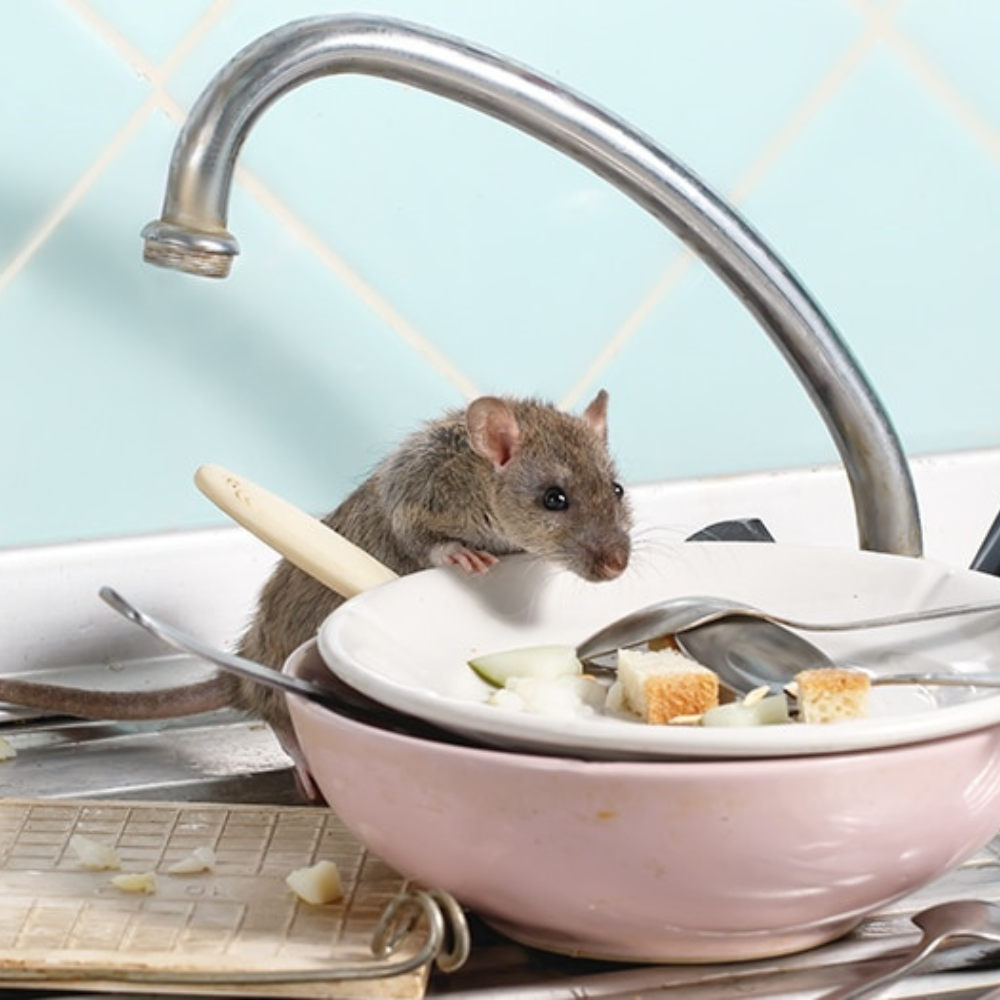Rodents, such as mice and rats, can be more than just a nuisance. They can pose significant health risks and cause damage to your home. Rodent proofing is an essential measure for homeowners looking to protect their space from these unwanted guests. Here are some effective strategies to keep mice and rats at bay.
Seal Entry Points
The first line of defense in rodent proofing is to block their entry. Mice can squeeze through openings as small as a dime, while rats can enter through a hole the size of a quarter. Conduct a thorough inspection of your home’s exterior, focusing on potential entry points such as gaps around doors, windows, utility pipes, and vents. Use materials like steel wool, metal sheeting, or cement to seal holes and cracks. Remember to check the integrity of window screens and door sweeps, replacing them if necessary to prevent rodents from sneaking in.
Maintain a Clean Environment
Rodents are attracted to areas where food is readily available. Maintaining a clean environment is crucial in deterring them. Store food, including pet food, in airtight containers and avoid leaving food out overnight. Regularly dispose of garbage in sealed bins and keep your kitchen and dining areas free of crumbs and spills. Additionally, declutter your home and yard to eliminate potential nesting sites. Tall grass, piles of wood, and clutter can provide perfect shelters for rodents, so keeping your outdoor space tidy can significantly reduce the risk of an infestation.
Employ Natural and Mechanical Deterrents
While sealing entry points and maintaining cleanliness are effective preventive measures, sometimes additional steps are necessary to keep rodents at bay. Natural deterrents like peppermint oil, cloves, and cayenne pepper can repel rodents due to their strong odors. Soak cotton balls in these essential oils and place them in areas where rodents are likely to enter.
Mechanical traps are another effective tool for controlling rodent populations. Place traps along walls, near entry points, and in areas where rodent activity has been noticed. Be sure to check and empty the traps regularly. For those seeking a more humane option, live traps allow for the capture and relocation of rodents without causing them harm.
Rodent proofing your home requires a multifaceted approach that includes sealing entry points, maintaining cleanliness, and employing deterrents. By taking proactive measures, you can protect your home from the health risks and damage associated with rodent infestations. Remember, the key to effective rodent proofing is persistence and vigilance. Regularly inspect your home for signs of rodents and address any issues promptly to ensure your home remains a rodent-free zone.

